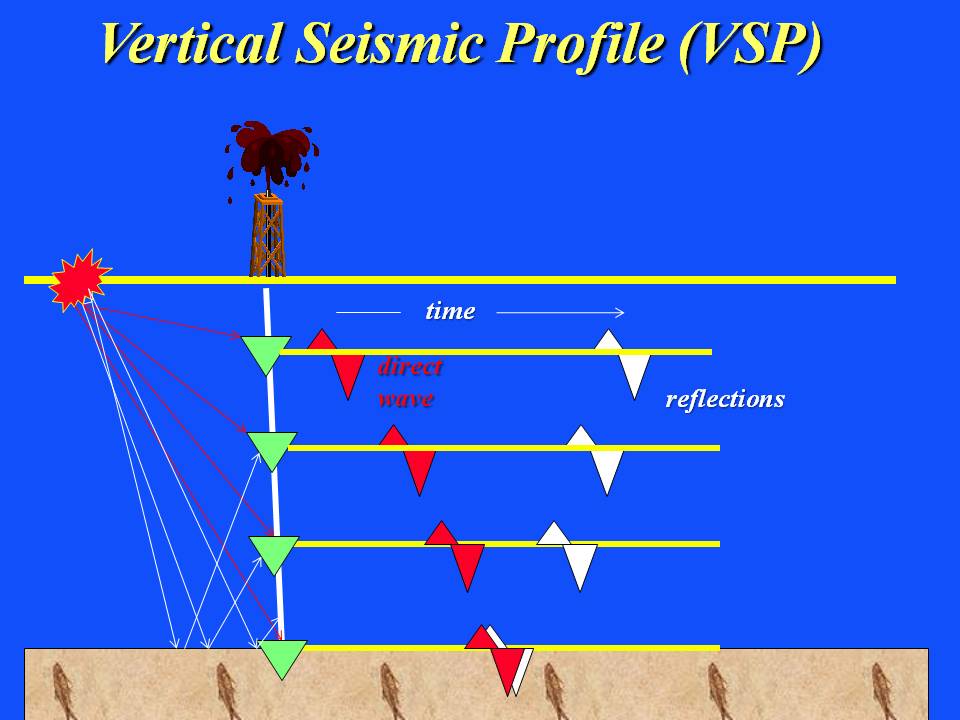
Figure 1. VSP rays and seismograms. The direct arrivals and primary reflections have opposite polarity in their slopes. A VSP experiment
places receivers in the well and sources on the surface, and the
shot gathers typically have double the frequency content of a surface seismic profile (SSP)
because the arrivals do not have to go through the attenuating
low-velocity layer at the near surface; and they do not travl
as far and so suffer from less geometrical spreading losses and attenutaion. Hence, better resolution capability from a VSP profile
compared to a SSP profile.
1D FD Modeling Lab for VSP Data
OBJECTIVE: Generate synthetic VSP data with a MATLAB script
that solves the acoustic wave equation. Relate wave propagation phenomena seen
in snapshots to reflection coefficient formula.
PROCEDURE:
- Load into your working directory test.m,
rickercal.m,
plotit.m,
model.m.
- Type "test" while in MATLAB. Snapshots will be playing for waves propagating in
a 1D layered medium. Finally a VSP common shot gather will be displayed.
- Explain the polarity and amplitude changes of the downgoing reflection
at the free surface using the reflection coefficient formula.
-
Explain the polarity and amplitude changes of the upgoing reflection
at the 1st and 2nd interfaces using the reflection coefficient formula.
- Explain the polarity and amplitude changes of the downgoing transmission
at the 1st and 2nd interfaces using the reflection coefficient formula.
- From the snapshots estimate the wavelength of the waves
in the 1st, 2nd, and 3rd layers. From the seismograms estimate
the dominant period. Compare your estimated
wavelengths to those
obtained from the dispersion relationship: wavelength=velocity*period.
- Change the boundary condition so that dp/dz=0=p(2)-p(1)=0. This BC means that
the particle velocity is zero, not the pressure field. In this case the
pressure reflection coefficient at the free surface is +2 not 0.
No polarity change will occur. Do you see this?
- Find an interbed multiple in the seismograms and trace its raypath in the model.
- Does transmission arrival ever change polarity? Explain.
